top
german
Great discoveries solve problems in different, scientific fields.
Aristoteles
Foundations of Nervous Communication and the
Discovery of Interference Networks
The circuits shown here as interference networks are not electrical networks, but rather nervous networks with extremely low conduction velocities! All lines are delay lines. The electrical node abstraction of a line is not valid here. Time is required to overcome any distance!
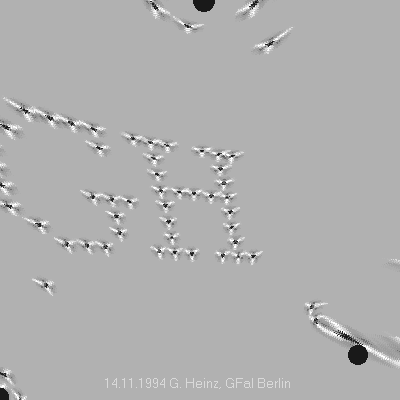
The 1943 McCulloch/Pitts paper became the birthplace of digital circuit technology, (digital) algorithms, all programming languages, and, unfortunately, also of Artificial Neural Networks (ANNs). Delay times of nerves were replaced by states and clocks. Delayed pathways were replaced by electrical node abstraction - with devastating consequences for the nascent research of neural networks.
In 1993 Mark Konishi recalled Jeffress's 1948 paper. It became one of the birthplaces of Interference Networks (IN). Here are the most important findings sorted chronologically.
-
1943 End Before the Beginning: Birth of the (A)NN
(german),
(english)
-
1948 First Projection: Birth of IN
(german,
english)
-
1991 Clock synchronization - Doubts about (A)NN
(german,
english)
-
1992/09 Can Meat delay Signals?
(german,
english)
-
1992/09 Mirror-Inverted Projections on Wires Discovered
(german,
english)
-
1992/12 Thumb-Experiment
(german,
english),
animated (german,
english)
-
1993/06 Book "Neuronal Interferences"
(german,
ToC english)
-
1993/09 Modelling Inherent Communication Principles of Biological Pulse Networks (english)
-
1994/08 First Interference-Reconstructions from Synthesized Time-Functions and first (passive) Noise-Image of a Static Source* (german)
-
1994/08 Relativity of Pulse Propagation
(english),
(german)
-
1994/11 Interference Reconstruction in high Resolution
(english)
-
1995 Annual Report GFaI: Interference Reconstructions of Electro-Corticograms (ECoG). (german)
-
1996/03 First Noise-Image of high Quality, Fig.5 (english) or Bild 2 in
(german)
-
1996/03 Projections and Coding in Pulspropagating Networks - Virtual Experiments - Part 1
(PDF english)
Remark: In newer PDF-readers the greek characters in formulas appear destroyed: Save the file and print with an old PDF-reader!
-
1996/08 First Noise-Images and Noise-Films over Large Distance (170 m)
(english) or in the project report "PSI"
(german)
-
1996/11 Conference "Bionet" - Presentation Slides
(PDF english)
-
1997/11, p.172-173. Sound Reflection Discovered with Acoustic Camera (GEO-Korea)
-
1998 Signalrekonstruktion in leitungsgebundenen Interferenzsystemen - Virtuelle Experimente (Part 2).
(PDF german)
-
Acoustic Films between 1997 and 2004
(english)
 How to understand cortical, holomorphic projections? Simulations of interference nets in nerve like parametrisation show well known phaenomena: mirrored maps, bursts, conjunction, zooming, movement, pain overflow or dermal projections (somatotopy). We simulate the homunculus and we find ideas for imagination and holomorphy. Is it coincidence or providence?
How to understand cortical, holomorphic projections? Simulations of interference nets in nerve like parametrisation show well known phaenomena: mirrored maps, bursts, conjunction, zooming, movement, pain overflow or dermal projections (somatotopy). We simulate the homunculus and we find ideas for imagination and holomorphy. Is it coincidence or providence?
Is there an approach to understand our holographically organized nervous system? The first simulations of interference networks in nervous parameterization show well-known phenomena: reflective maps, holographic properties, pulse series (bursts) as codes, image fusion, image zoom, image movement, pain overflow or skin projections (somatotopy). We simulate the homunculus and find ideas for visual imagination.
-
ToC: A Second Informatics (Properties of IN)
(german,
english)
-
ToC: Bio-Models of Nerve Nets
(german,
english)
-
ToC: A rough Overview about IN
(german,
english)
-
Just Coincidences? Calculations on the Nervous System
(german,
english)
-
In Legacy of Karl Lashley, Donald Hebb, Lloyd Jeffress, Karl Pribram and Andrew Packard
(german,
english)
-
A Local Lerning Rule for Delays
(german,
english)
-
The Pythagorean Music Theory
(german,
english)
-
Animations of Nerve Nets
(english)
-
Relativity of Pulse Propagation
(english),
(german)
-
Pain as Interference Overflow
(german,
english)
-
Sharpness of a Pulse Projection
(german)
-
Distorted Projections
(english)

-
Burst Calculus
(english)
-
Basic Functions of Neuron
(english)
-
Homunculus Model
(english)
-
Chiasma Opticum
(english)
-
Properties of Interference Systems
(german)
-
Erste Werkzeuge
(german)
-
Pool of Neurons
(english)
-
First Pictures of Thoughts?
(german)
-
Variation of Background Velocity in EEG-Reconstruction
(german)

Simple wave field simulation
(german
, english)
Reconstruction of a "G" with 30 channels
(german)
Reconstruction of a "S" with 4 channels
(german)
Delusive Projection of a "S" with 4 channels
(german)
Reconstruction of a "G" with 16 channels
(german)
Reconstruction of "GFaI" with 4 channels
(german)
Reconstruction of "GFaI" with 30 channels
(german)
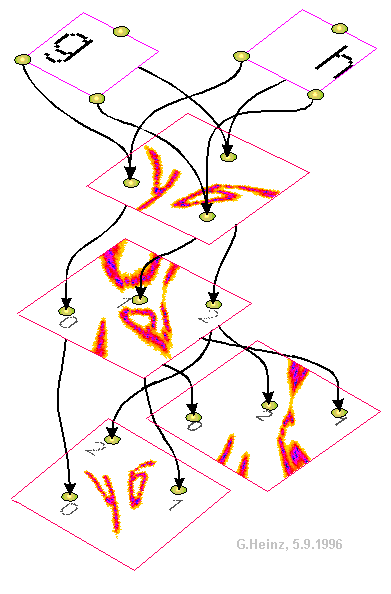
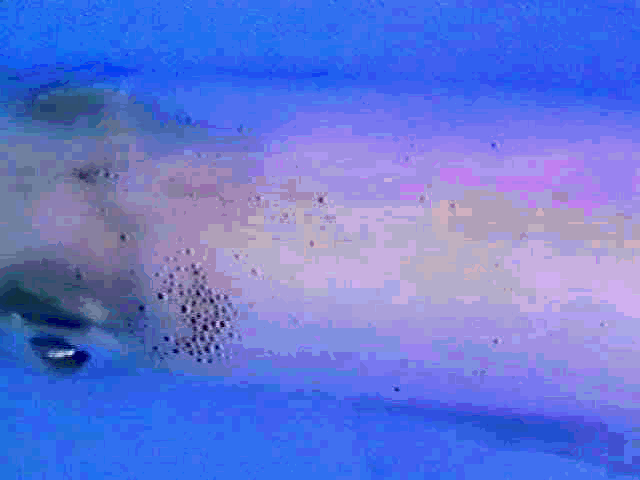
-
A first attempt about wave propagation - the thumb experiment
(PDF german),
(HTML english)
-
Exploring waves at living animals - Andrews Squid experiments 1995
(english)
-
Interferencial EEG-experiments (german)
-
Can we see through nerves - first images of thought?
(german)
-
Variation of background velocity in EEG-reconstruction
(german)
-
Electrostatic mapping of heart (EKG) 1997
(german)

After interference networks (IN) were born, initial experiments in 1994 showed that we were unable to obtain high-channel, non-invasive spiking data from the nervous system. So we looked for a new idea. For this purpose, an 8-channel EEG data recorder was converted to microphones.
The "Bio-Interface" software promptly delivered the first acoustic (still) image (1994). Only then did we notice that hundreds of acoustic institutes worldwide were researching acoustic imaging.
Far from the mainstream of acoustic research, this crazy idea was intended to demonstrate in 1994 how interference networks could reconstruct images (with inverse time / with non-causal, negative delays).
Have you ever dreamed of one of your pages getting into the first 250 hits of the most popular search engine? The predecessor of this site had it before the turn of the millennium: when searching for "acoustic camera". No wonder: There wasn't another one back then.
- Early acoustic images and films since 1994 in overview
(german)
-
Acoustic films between 1997 and 2004
(english)
-
Press and TV about first acoustic images and films since 1997
(german)
-
Visualization of musical performances 1998-2009
(german)
-
1994/08 First passive* acoustic images of a standing object
(PDF german)
-
1996/06 Passive* acoustic images of standing objects and
first wavefield movies
(english)
-
1996/08 First film and first images over far distances (200 Meter)
(english)
-
1996/10 First industry attempt - Letter labeling machine
(english)
-
1997/01 First image of a noise reflection
(english)
-
1997/01 Car: Silencer or engine?
(english)
-
1997/07 Dot matrix printer (film)
(german)
-
1997/09 Images and movies of a motorbike
(german)
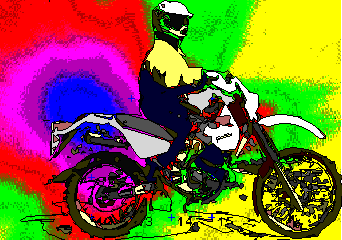
-
1997/10 Low noise of refrigerators
(german)
-
1997/10 Video-recorder (english)
- 1998/01 Aluminium roller plant
(german)
-
1998/02 Master class violin
(english)
-
1998/05 Berliner U-Bahn
(german)
-
1998/07 Linescan* of Trams in Berlin
(german)
-
1998/07 Linescans* of driving cars
(german)
-
1998/08 Power drill
(german)
-
1999/02 Stationary diesel engine
(german)
-
1999/07 Auto-overlay between photo, acoustic film and spectral analysis at an electrical toothbrush
(german)
-
2001/07 Two historical impressions about Acoustic Photo- and Cinematography
(english)
-
2002/05 Lighthouse effect of wind turbines
(german)
-
2002/10 Acoustic photo- and cinematography. Invited lecture to the
Helmholtz Symposium at the PTB Braunschweig "Feeling or Measuring?" October 29, 2002, 2:15 p.m. Lecture slides (german):
1-21,
22-47,
Invitation. Excerpt from the
PTB-JB 2002
-
2002/11 Flying airplains in Berlin-Tegel
(german)
-
2004/08 Verfahren und Vorrichtung zur bildgebenden Darstellung von akustischen Objekten. World Patent WO 2004/068085 A2. Published in 30 countries.
(PDF german)
-
2007/03 Physics of imaging reconstruction of acoustic images and films in time domain. DAGA 2007 (PDF german)
-
2011/01 Technik Museum Berlin: From invention to worldwide distribution - development of the acoustic camera (59 slides)
(PDF German)
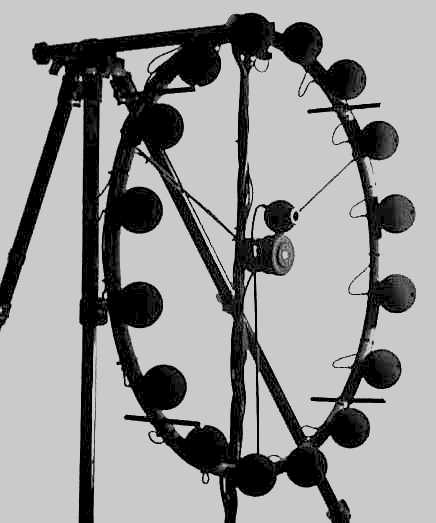
* First acoustic line scan of a moving object was published by Brühl, S. and Schmitz, K.-P.: Noise Source Localization on Highspeed Trains (Transrapid) using Different Array Types. Internoise, Leuven, Belgium, August 24-26, 1993.
You have questions or found mistakes?
info@gheinz.de
File created sept. 30, 1995
Permanent revision / redesign.
Sorry for the german english.
Page URL: http://www.gheinz.de/historic/index.htm
Visitors since Dez. 6, 2021:
 How to understand cortical, holomorphic projections? Simulations of interference nets in nerve like parametrisation show well known phaenomena: mirrored maps, bursts, conjunction, zooming, movement, pain overflow or dermal projections (somatotopy). We simulate the homunculus and we find ideas for imagination and holomorphy. Is it coincidence or providence?
How to understand cortical, holomorphic projections? Simulations of interference nets in nerve like parametrisation show well known phaenomena: mirrored maps, bursts, conjunction, zooming, movement, pain overflow or dermal projections (somatotopy). We simulate the homunculus and we find ideas for imagination and holomorphy. Is it coincidence or providence?







